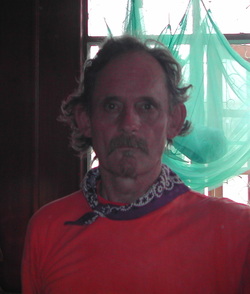 How I looked after my last Highway trip!
How I looked after my last Highway trip! 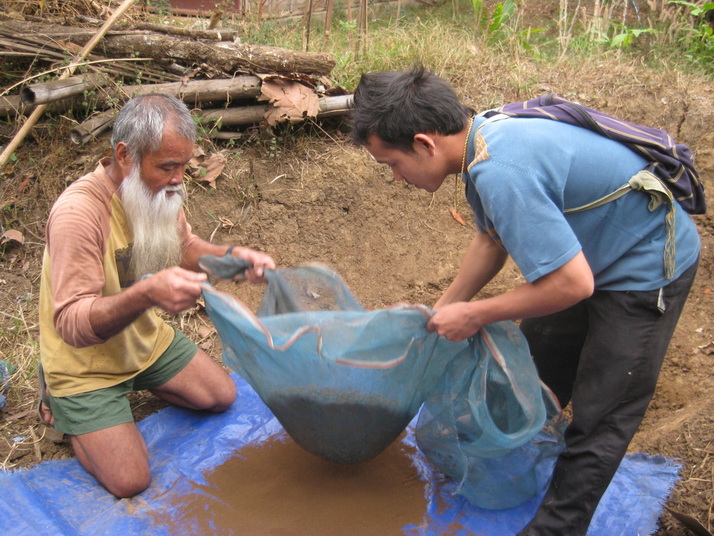 Sifting crushed clay to get the fine powder
Sifting crushed clay to get the fine powder 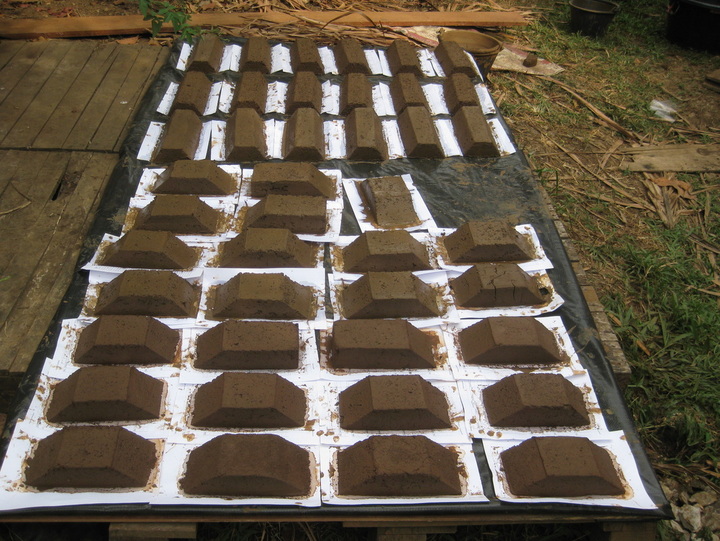 The wet bricks will lie in the sun for two days before being put in the kiln
The wet bricks will lie in the sun for two days before being put in the kiln 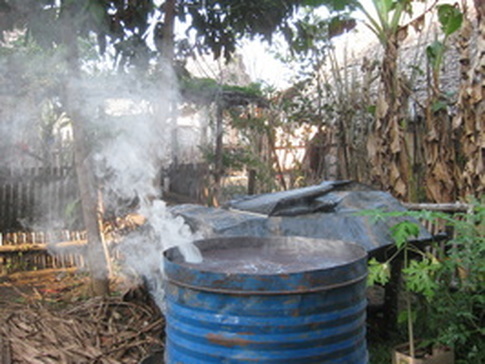 Our makeshift kiln was a regular puffin' Billy!
Our makeshift kiln was a regular puffin' Billy! The older gentleman, mentioned above, took his creation home at lunchtime and came racing back in the afternoon with a pot twice as large, saying that his wife loved it and that she wanted another one for her gas stove. The advantage she saw was that it directed the heat away from her face.
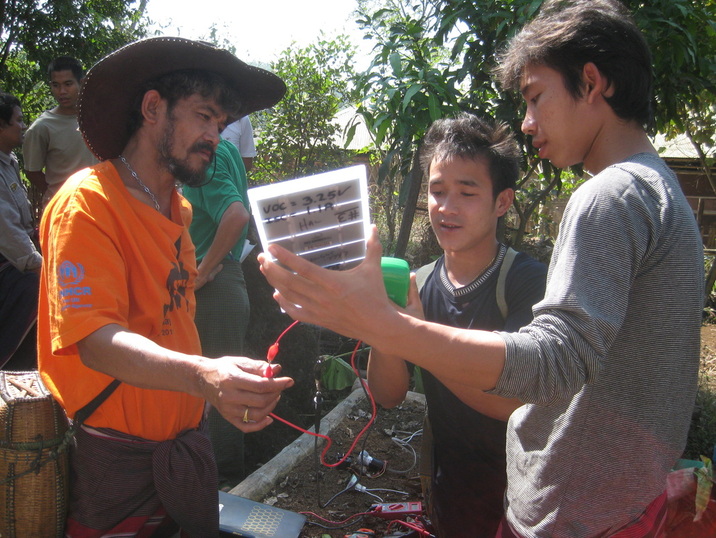 Mr Cowboy checks to see that everything is flowing as it should
Mr Cowboy checks to see that everything is flowing as it should 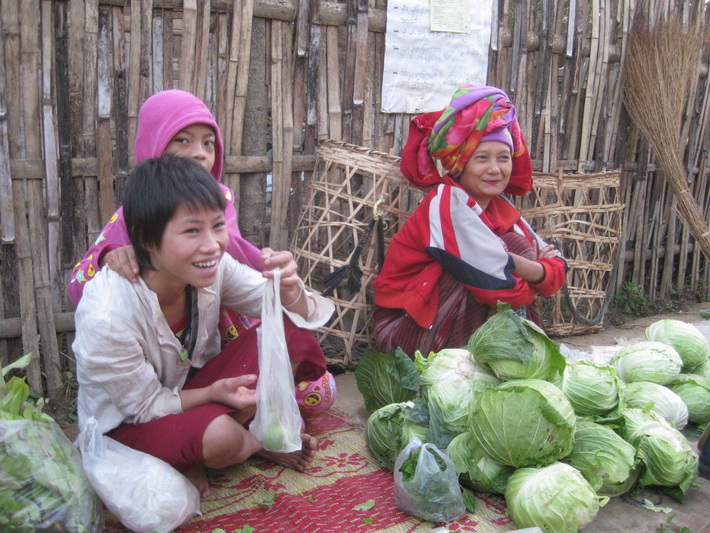 Family selling cabbages at the market
Family selling cabbages at the market 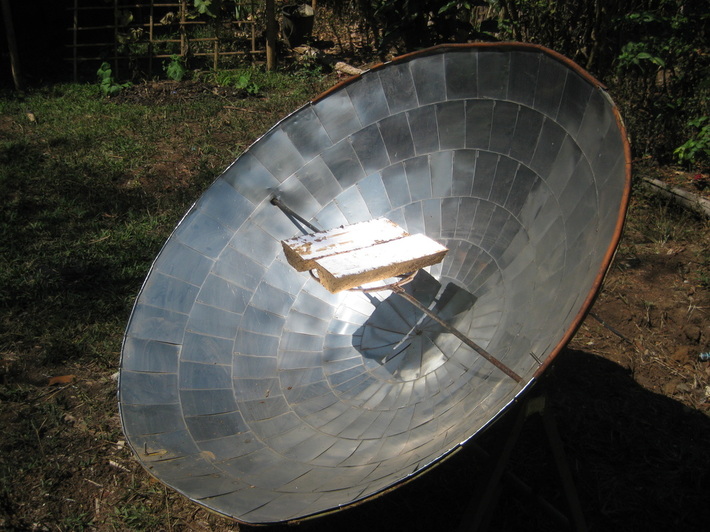 We tried to hurry along the sun drying with a little turbo charge from the parabolic cooker!
We tried to hurry along the sun drying with a little turbo charge from the parabolic cooker! 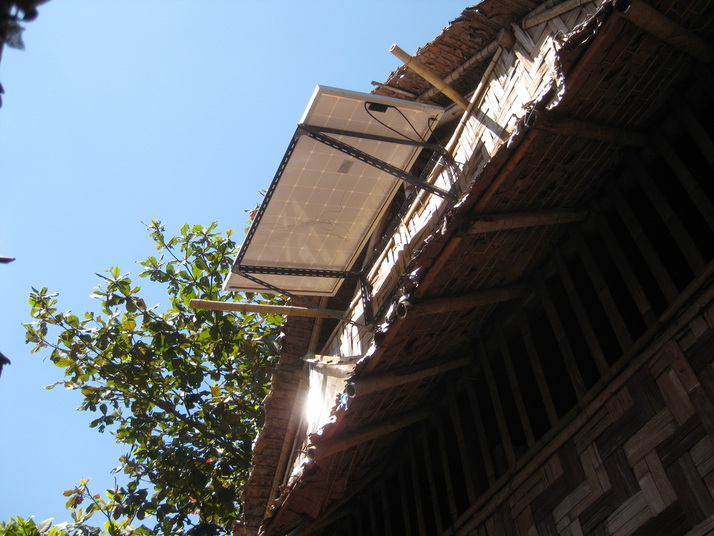 The new 185 Watt panel on the Library building
The new 185 Watt panel on the Library building 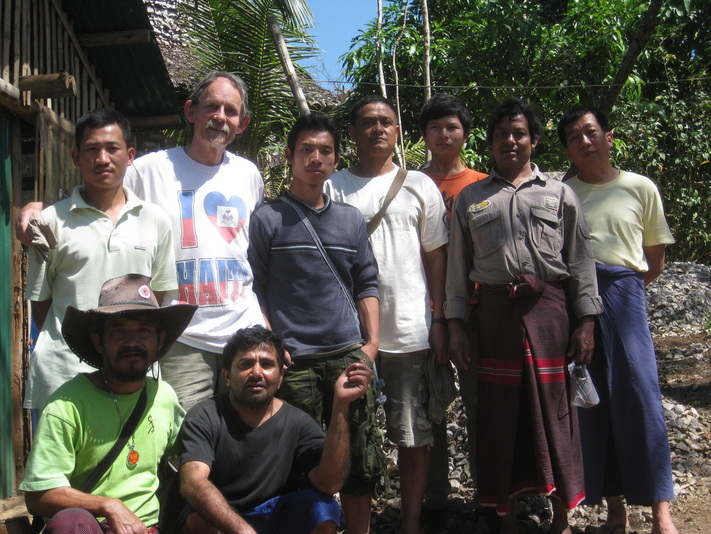 Serious looking graduates from the solar class
Serious looking graduates from the solar class 
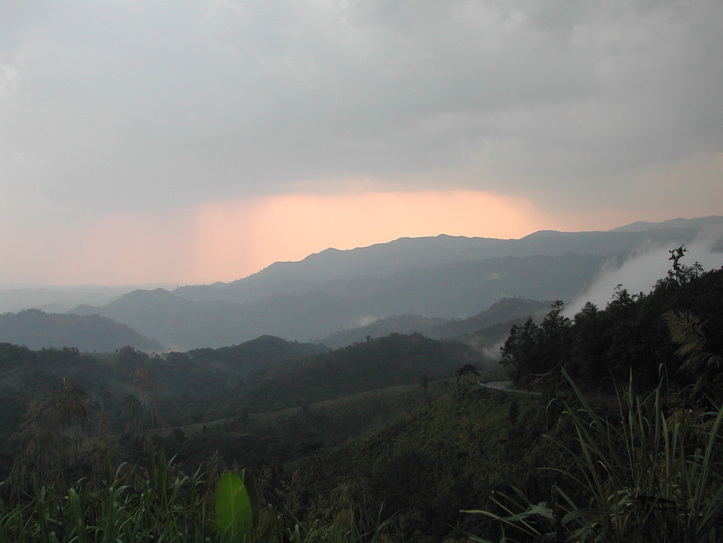
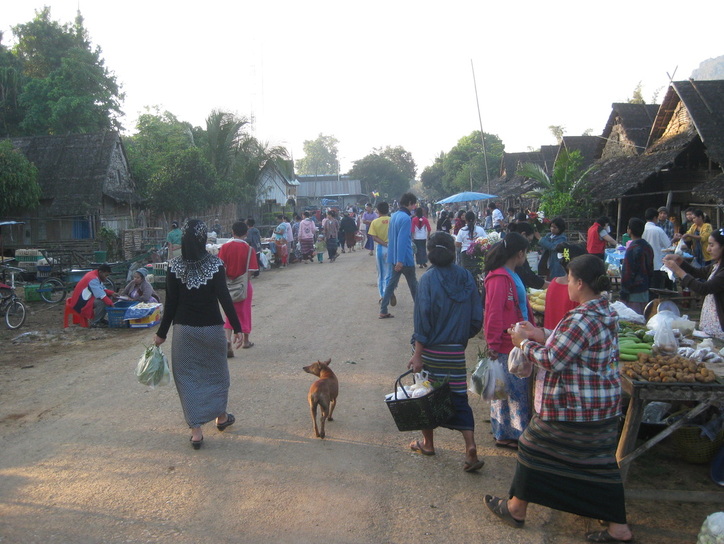
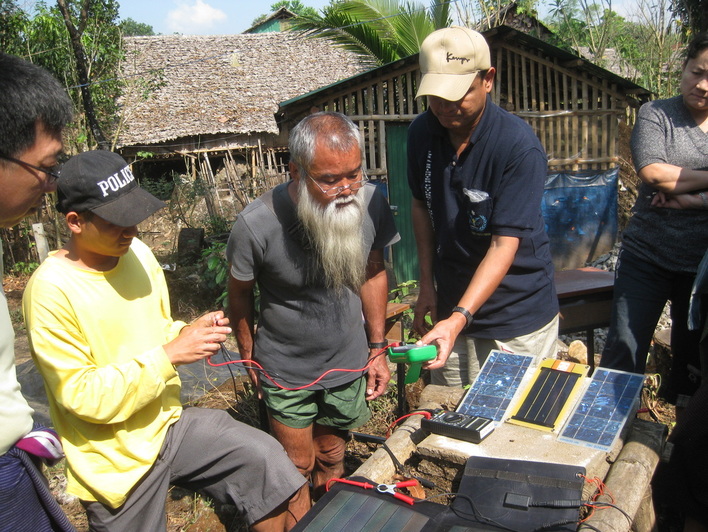
 RSS Feed
RSS Feed